The Middle River of the Mississippi
As Agleška Cohen-Rencountre observes in the storymap “The Indigenous Mississippi: Scholarly Identity, Kinship, Engagement,” the United States Army Corps of Engineers has mapped the Mississippi River into six districts, from an upper district encompassing what are currently the states of Minnesota and Wisconsin, to “middle” districts encompassing Iowa, Illinois, and Missouri and beyond to the river’s southern reaches. As Cohen-Rencountre notes, these districts are based on western, settler colonial categories–from state lines to assumptions about what divides one district from another. If we instead take the Indigenous city of Cahokia, near the confluence of the Mississippi and Missouri rivers, as a marking of the river’s middle, we necessarily locate the river within an ancient and ongoing history of Indigenous architecture and urban space, and within the watery pathways through which Indigenous peoples traveled along the river, its tributaries, and the lake systems to which these rivers are connected. Settler colonial dispossession and infrastructure has reshaped these river pathways, reversing them, connecting them along new paths, and leveling the earthworks alongside them. Yet Indigenous artists and caretakers still maintain these pathways and relations: in Chicago, the Indigenous futurist X (Coushatta Tribe of Louisiana (Koasati) and Indigenous CHamoru from the Island of Guam (Hacha’Maori)) is building a Coil Mound along the Chicago River at Horner Park. X sees his work as “rebuilding” earthworks, and we considered his work alongside the mapping research of Citizen Band Potawatomi cartographer Margaret Pearce, who asks us to understand Indigenous place names along the river as describing not just places but also stories of place.
The stories from this region gathered here reflect on some of the relations among cities and rivers and on the methodologies for approaching rivers. “Indigenous Chicago: Past, Present, and Future” (Sara Černe) describes how Černe engaged with Pearce’s mapping workshop to understand how literary texts like poems can use the language of mapping. Černe then applies these insights to the city of Chicago, creating her own storymap of the Indigenous city and its relation to rivers and earthworks across the midwest.“The Indigenous Mississippi: Scholarly Identity, Kinship, Engagement” (Agleška Cohen-Rencountre) is a family history told in relation to rivers that also examines how western geographic categorizations of the Mississippi River are linked to histories of Indigenous dispossession.
